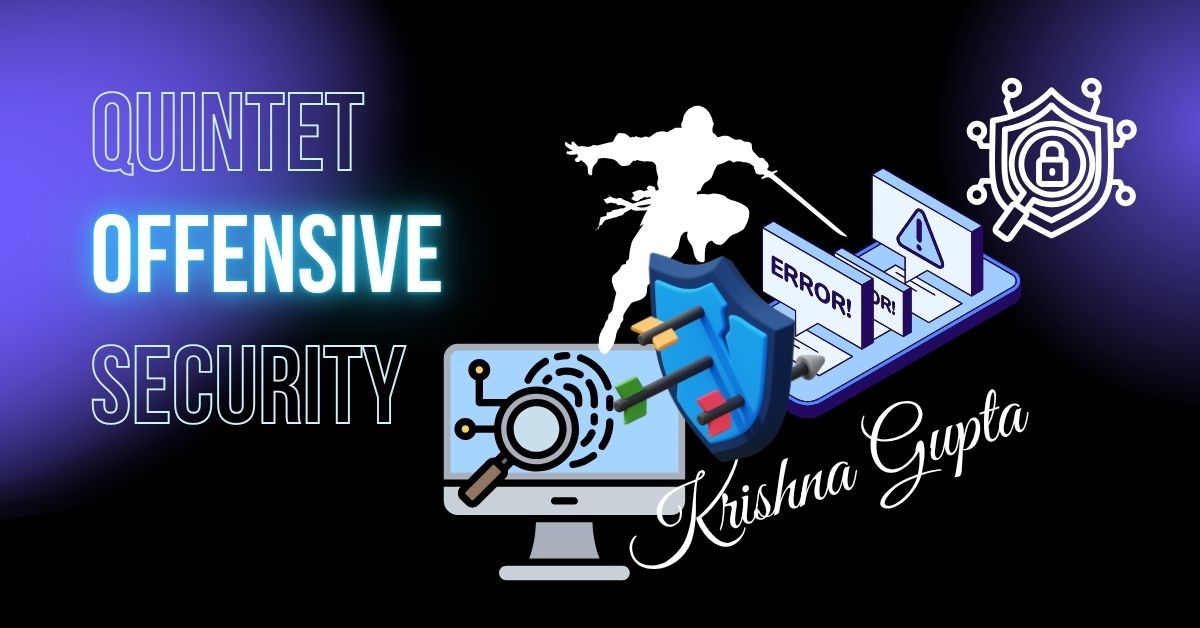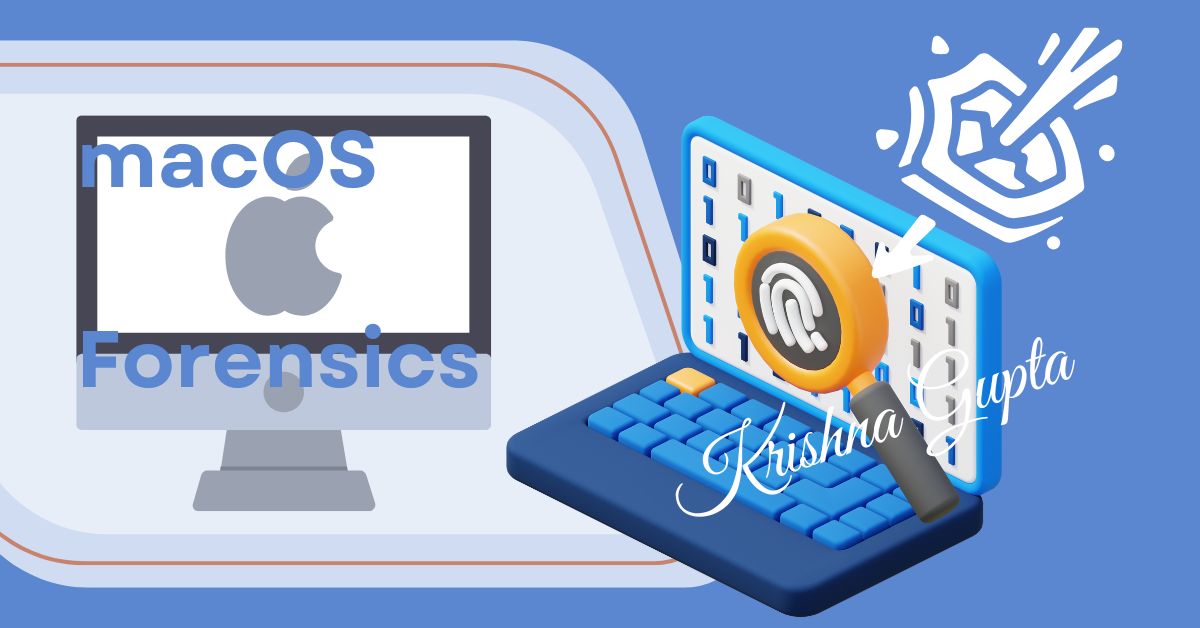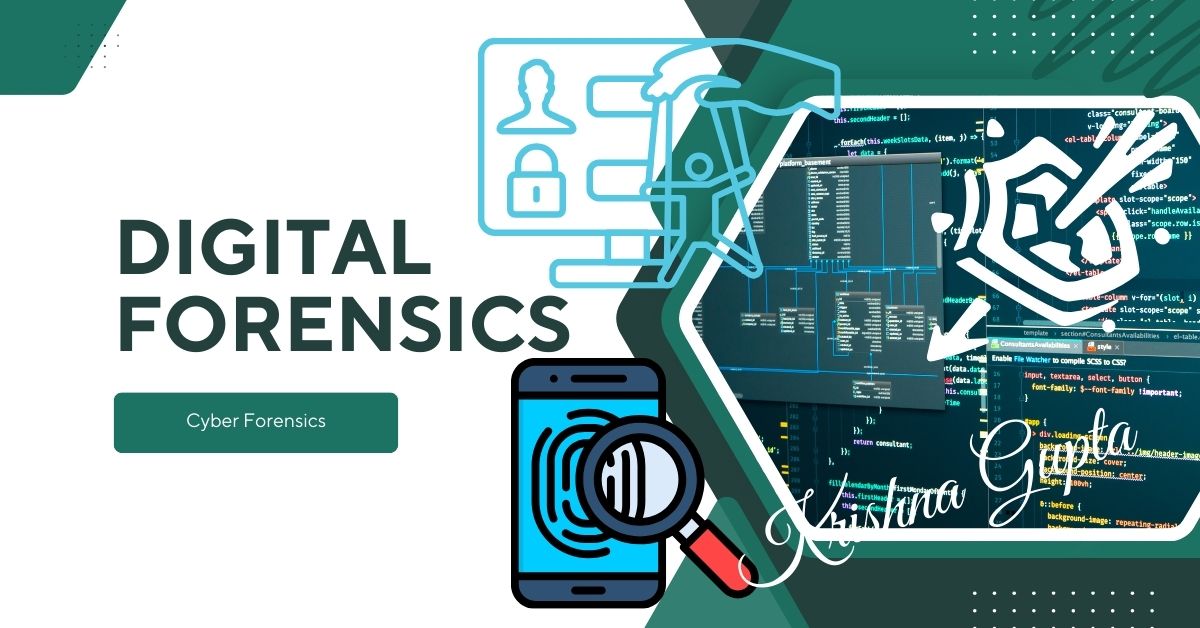How Offensive Security Helps MSMEs in India: A Comprehensive Guide for C-Suite Executives
In the rapidly evolving digital landscape, small and medium enterprises (SMEs) in India are increasingly exposed to cyber threats. Despite their crucial role in the economy, many MSMEs lack robust cybersecurity frameworks and the resources to defend against sophisticated cyberattacks. This is where Offensive Security steps in—helping businesses identify vulnerabilities before malicious actors can exploit them.
Offensive security involves proactive measures to identify and mitigate security risks, with practices like penetration testing, vulnerability assessments, and malware analysis, among others. In this blog post, we will explore how offensive security can significantly enhance the cybersecurity posture of MSMEs in India. Through an in-depth analysis of key concepts such as Cyber Forensics, Digital Forensics, Vulnerability Assessment, Penetration Testing, Malware Analysis, and Reverse Engineering, we will shed light on the importance of these strategies and how they can drive business impact, ROI, and risk mitigation.




